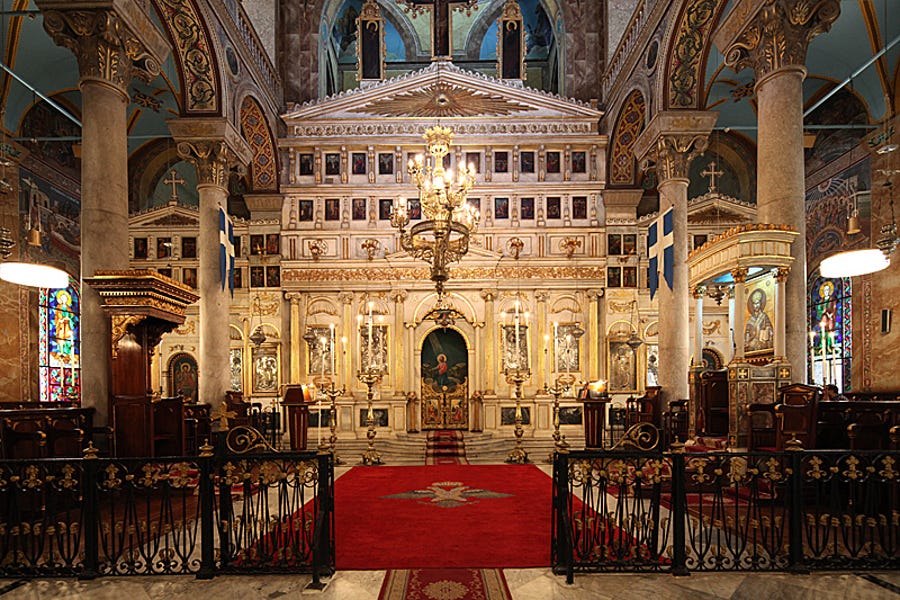A joint commission of Catholic and Orthodox theologians reached agreement this week on a new document addressing synodality and primacy in the modern era.

Members of the Joint International Commission for Theological Dialogue …
A joint commission of Catholic and Orthodox theologians reached agreement this week on a new document addressing synodality and primacy in the modern era.

Members of the Joint International Commission for Theological Dialogue …